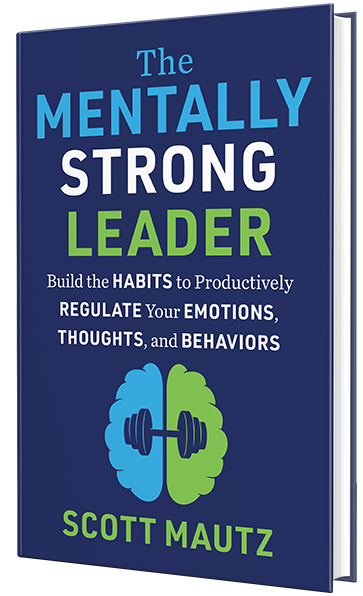
INSIGHTS (on leadership/self-leadership)
Feelings of overwhelm kick in when you assume your workload is always additive (every new piece of work just goes on top of the pile), with the pile never shrinking unless you complete something to lessen the load. An effective counter to this track of thought, and to help overcome overwhelm, is to imagine your workload as fluid by design. Meaning, you should expect your workload to not stay constant, but to expand, or contract, depending on the conditions. For example, your workload will likely expand as you approach the launch date for that new product. But it should contract a bit after that big annual meeting you were putting in lots of hours preparing for, allowing you to take a breath, celebrate, and re-energize.
If it helps, think Accordion, not Trash Compactor. A trash compactor squishes trash into smaller cubes. Just as when you’re working hard to make your “total cube of work” smaller. That’s good. But rigid. And the constant grind of trying to shrink your cube of work can be exhausting, and overwhelming. Instead, think of your workload as an accordion. An accordion is a musical instrument played by expanding and contracting it. Likewise, your workload should expand when things are intense, and contract at other times to give you a breather – constantly ebbing and flowing in tune with the rhythm of work. Sometimes you add more work, other times you take some away, or slow down a bit to recharge – all in service of ultimately delivering on established priorities, without burning out. Accordion, not Trash Compactor.

IMPERFECTIONS(a mistake many make)
When I say that one statistic changed my life – it’s not an exaggeration. First, the statistic, then I’ll explain the impact. I first encountered the stat 15 years ago, and it has held up over the years. As the polling giant, Gallup, has repeatedly shown in their studies, nearly 70 percent of the workforce can, astonishingly, be coded as disengaged at any point in time. Among that 70 percent, nearly 20 percent can be coded as actively disengaged, i.e. they’re actively involved in sabotaging behaviors!
Let that sink in for a moment. It’s one of the Great Imperfections of the working world, and of its managers; that they don’t embrace this harsh reality and let it shape the very way they approach their job.
It had that impact on me.
I couldn’t get this truth out of my mind. It shaped how I led, how I interacted with my employees and peers, how I showed up every, single, day. It’s a reality I’m so passionate about, it ultimately drove me to leave the corporate world to become a speaker/author/trainer/course instructor, to broaden my platform for making a difference, for helping leaders and their employees become more engaged, effective, and fulfilled, in their work. It’s what I focus on for a living now.
In fact, this publication is largely dedicated, week after week, to helping the reader help themselves, or others, to be more engaged and fulfilled in their work, and lives. So, this week, I only say this: truly let the reality of this statistic sink in. Yes, even in your place of work, a vast group of employees are not engaged, not motivated, not driven by what they’re doing. Ask yourself, “What might I do differently this week to change that?” Might you help them work with a greater sense of purpose, provide them with learning and growth opportunities, grant them effusive autonomy, show them you authentically care about them and that they’re valued and valuable, or head-on address lingering toxic behavior? There are infinite ways.
I’m asking you to not let your workplace become a statistic. Be the one who changes the statistic. It changed me.
IMPLEMENTATION (one research-backed strategy, tip, or tool)
Here’s a simple tool for efficiently reducing the amount of debilitating emotions you experience in your life. I call it the “Three to Free” exercise. Meaning, remember that the three most debilitating emotions you experience, that you most need to free yourself from, are:
• Regret
• Guilt
• Shame
Regret is feeling bad about your effort.
Guilt is feeling bad about your actions.
Shame is feeling bad about who you are (thus the worst of all three).
Ask yourself: “How have regret, guilt, or shame been making me feel bad about myself? How might I challenge the assumptions driving these emotions?”
Eliminate these debilitating drains, and get the 80/20 for elevating your self-acceptance.




Leave a Reply